What does scabies look like?
Last updated
Scabies is contagious and can spread very easily from person to person through close physical contact. This makes an outbreak likely in settings such as the family home, child care group, school class, nursing home, or prison.
However, it can affect people of all ages, whatever their living situation and socioeconomic status. If an individual has scabies, they and anyone they have close contact with must all be treated at the same time.
Fast facts on scabies
Here are some key points about scabies. More detail and supporting information is in the main article.
- While the scabies mite needs skin to feed and survive, it can live without a human host for 48 to 72 hours.
- The rash and itching experienced by those with scabies is a result of the body's allergic reaction to the mites, their eggs, and their waste.
- The average person infested with scabies will have 15 to 20 mites present.
- Those at highest risk of developing crusted scabies include the immunocompromised, the elderly, and those housed in institutional settings.
What is scabies?
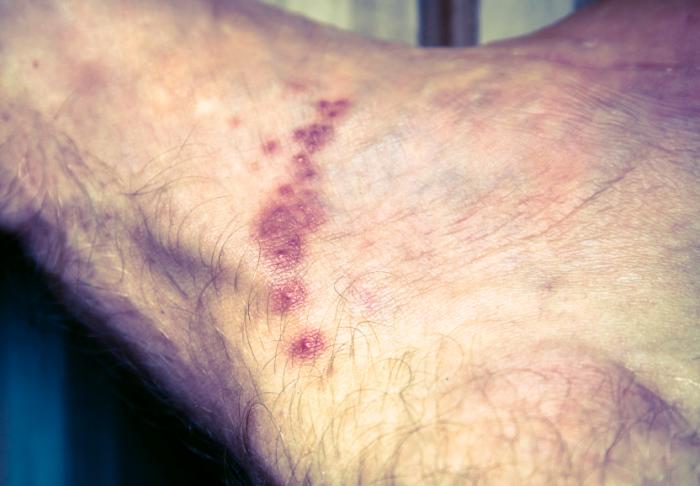 Scabies produces an itchy skin rash consisting of small red bumps and blisters.
Scabies produces an itchy skin rash consisting of small red bumps and blisters.
Each year, scabies affects millions of people of all races, ages, and socioeconomic status.
It is highly contagious, being easily spread through close physical contact and by sharing bedding, clothing, and furniture infested with mites.
Scabies is estimated to infect over 300 millionhumans worldwide each year, including 1 million people in the United States.
Scabies most frequently occurs in children and young adults, with outbreaks in child care facilities and schools common.
Symptoms
The onset of symptoms of scabies varies depending on whether or not a person has previously been exposed to mites. The first time a person is exposed to the scabies mite, it can take upwards of 2 to 6 weeks for symptoms to develop.
This timeframe is significantly shorter in subsequent infestations as the body's immune system is quicker to react, typically within 1 to 4 days.
Signs and symptoms of scabies include:
- Itching: This is often worse at night and can be severe and intense. Itching is one of the most common scabies symptoms.
- Rash: When the mite burrows into the skin, it forms burrow tracks, or lines, which are most commonly found in skin folds, and resemble hives, bites, knots, pimples, or patches of scaly skin. Blisters may also be present.
- Sores: These occur in infested areas where a person has scratched at the skin. Open sores can lead to impetigo, commonly caused by secondary infection with Staphylococcus aureus.
- Thick crusts: Crusted scabies, also known as Norwegian scabies, is a form of severe scabies in which hundreds to thousands of mites and mite eggs are harbored within skin crusts, causing severe skin symptoms.
Most often, those affected with crusted scabies exhibit widespread, gray, thick, crumbling crusts.
Mites living in the detached crusts can live for upwards of a week without needing human contact due to the food provided by the crusts themselves.
The most common site of infestation in adults and older children include:
- in between the fingers
- around fingernails
- armpits
- waistline
- inner parts of the wrists
- inner elbow
- soles of the feet
- the breasts, particularly the areas around the nipples
- male genitalia
- buttocks
- knees
- shoulder blades
Infants and young children experience infestation in other areas of the body, including the:
- scalp
- face
- neck
- palms of the hands
- soles of the feet
At times, children can present with a widespread infestation, covering a majority of the body. Infants who are infested with scabies tend to exhibit symptoms of irritability, and sleeping and eating difficulties.
Images
Treatment
Scabies is highly contagious, so anyone living with a patient diagnosed with the condition, or who has had close contact with the patient, will most likely be recommended to receive treatment for scabies even if they do not have any symptoms. This includes any person with whom the patient has had recent intimate contact.
Scabies is generally treated with topical medications such as 5 percent permethrin cream, crotamiton cream, or lindane lotion. In some cases, a 25 percent benzyl benzoate lotion or 10 percent sulfur ointment may be used. Most topical preparations are applied at night and washed off in the morning.
 Lotions and creams are commonly used to treat scabies.
Lotions and creams are commonly used to treat scabies.
Ivermectin, an oral medication, may be recommended for people who are immunocompromised, those with crusted scabies, or those who did not respond to topical therapy.
Ivermectin should not be used during pregnancy or while breastfeeding nor by children weighing less than 33 pounds.
Other medications, such as antihistamines, anti-itching lotions like Pramoxine lotion, antibiotics, and steroid creams might be prescribed to offer relief from symptoms.
Treatment with prescribed medications will generally kill mites quickly. The itching and rash may initially become worse.
However, skin healing should be seen by 4 weeks after treatment. Some people require more than one course of treatment to fully rid themselves of mites.
If you want to buy permethrin cream, then there is an excellent selection online with thousands of customer reviews.
Tests and diagnosis
Scabies can sometimes be mistaken for dermatitis or eczema as these skin conditions also cause itching and bumps on the skin. Anyone who is unsure about the cause of a skin condition should consult their physician as OTC remedies cannot eradicate scabies.
A doctor can diagnose scabies by examining the skin or by looking at skin scrapings under a microscope.
Causes
Scabies is an infestation of the sarcoptes scabiei mite, also known as the human itch mite.
After burrowing under the skin, the female mite lays its eggs in the tunnel it has created. Once hatched, the larvae move to the surface of the skin and spread across the body or to another host through close physical contact.
Humans are not the only species affected by mites. Dogs and cats can also be infected. However, each species hosts a different species of mite, and while humans may experience a mild, transient skin reaction to contact with non-human animal mites, a full-blown human infection with animal mites is rare.
Scabies is highly contagious and spread via direct skin-to-skin contact or by using a towel, bedding, or furniture infested with the mites. As such, some of the most likely people to become infested with mites include:
- children attending day care or school
- parents of young children
- sexually active young adults and people with multiple sexual partners
- residents of extended care facilities
- older adults
- people who are immunocompromised, including those with HIV/AIDS, transplant recipients, and others on immunosuppressant medications
Home remedies
Home solutions for scabies are often not recommended.
Some infestations can resolve without treatment. However, it is mainly the preventive steps listed below that people with scabies can carry out without visiting a doctor.
However, herbal treatments, such as tea tree and neem oils, have not consistently been shown to treat scabies. It is therefore advisable to visit a doctor and ask for a prescription.
Prevention
To prevent re-infestation and spread, take the following steps:
- Wash or dry-clean all clothes, towels, linens, etc. When washing, use hot soapy water and dry on high heat. Place items that cannot be washed in a sealed plastic bag for one to several weeks to starve the mites.
- Vacuum the entire home on the day treatment is initiated, including carpets, rugs, upholstery, etc., and discard the bag or thoroughly clean the vacuum's canister.
If you have a concern that you may have, or may be at risk for, contracting scabies, speak with a doctor.
We picked linked items based on the quality of products, and list the pros and cons of each to help you determine which will work best for you. We partner with some of the companies that sell these products, which means Healthline UK and our partners may receive a portion of revenues if you make a purchase using a link(s) above.

![[Scabies mite track]](https://cdn-prod.medicalnewstoday.com/content/images/articles/016/16961/scabies-mite-track-credit-michael-geary.jpg)
![[Scabies rash abdomen]](https://cdn-prod.medicalnewstoday.com/content/images/articles/016/16961/scabies-rash-image-credit-cdc-joe-miller.jpg)
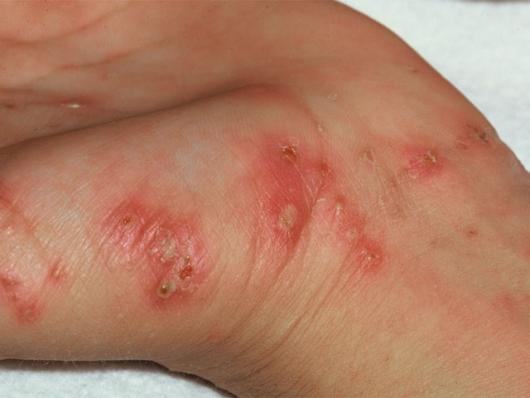
![[Rabies rash in the armpit]](https://cdn-prod.medicalnewstoday.com/content/images/articles/016/16961/rabies-rash-in-the-armpit-image-credit-cdc-susan-lindsley.jpg)
![[Scabies on the hand]](https://cdn-prod.medicalnewstoday.com/content/images/articles/016/16961/scabies-on-the-hand-image-credit-cdc.jpg)
![[Scabies on the legs ]](https://cdn-prod.medicalnewstoday.com/content/images/articles/016/16961/scabies-on-the-legs-image-credit-susan-lindsley.jpg)
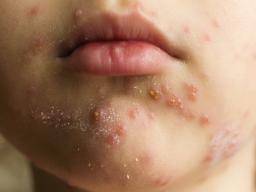


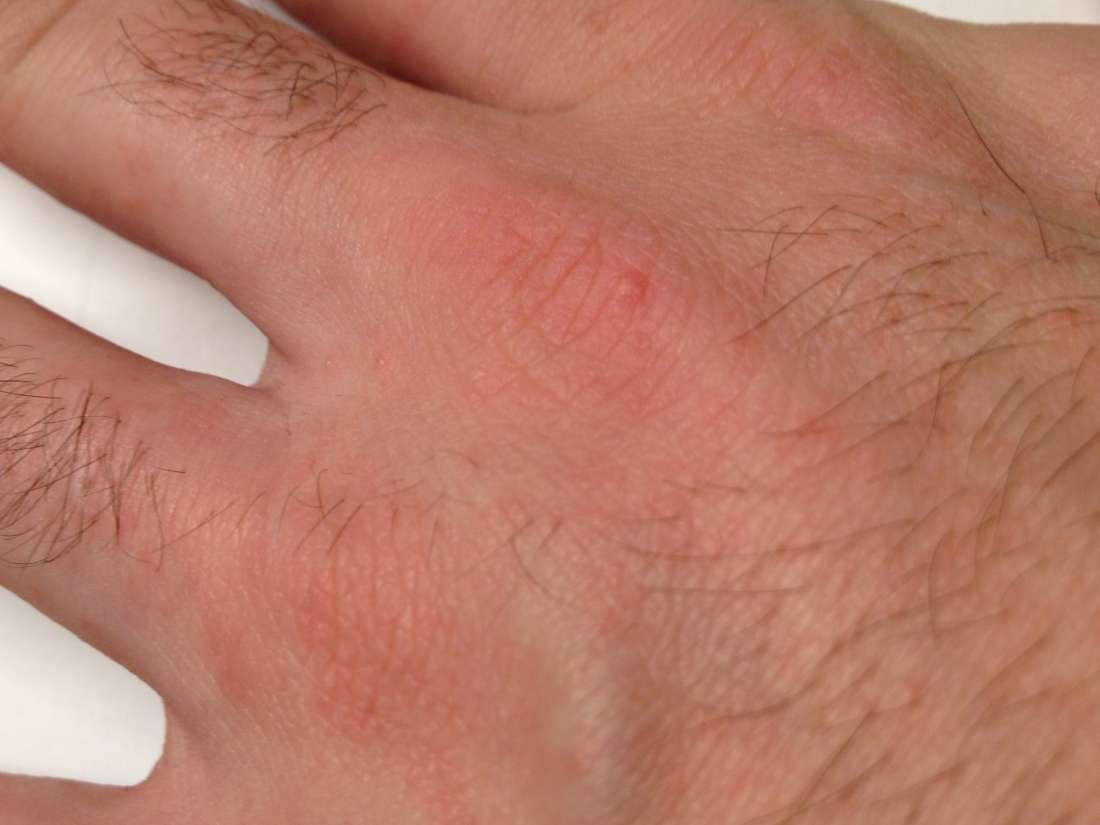




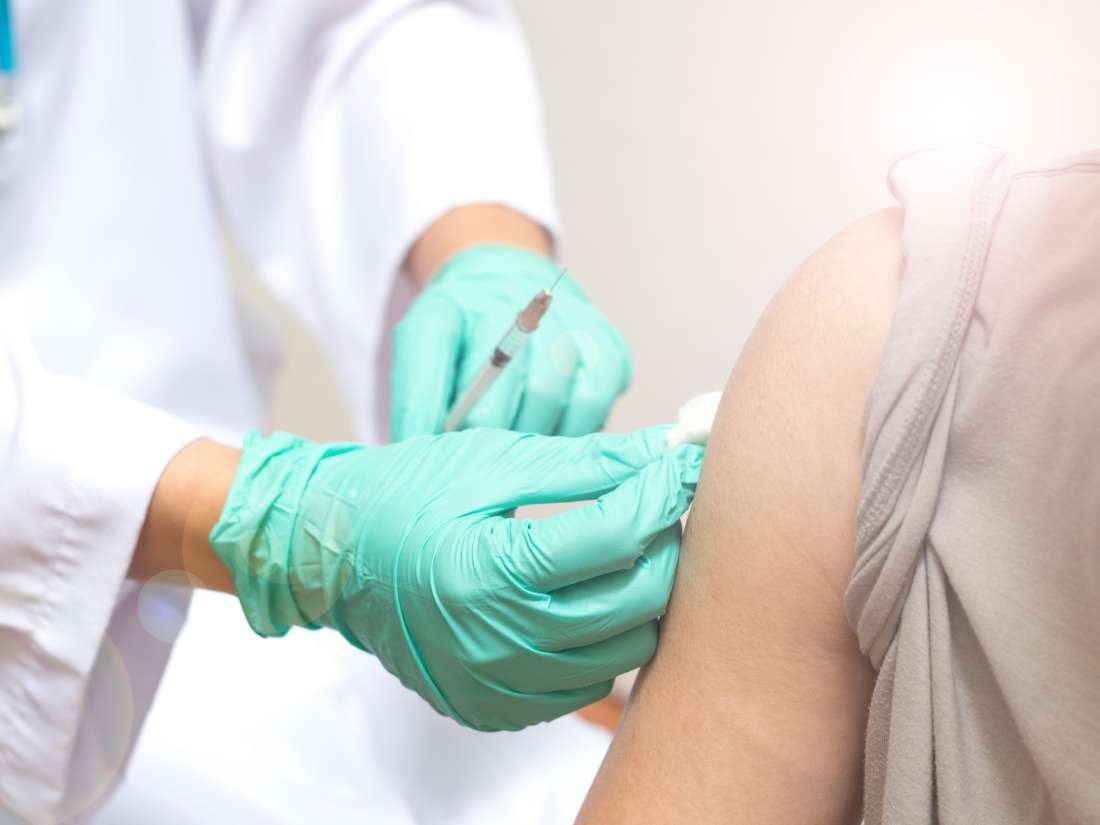


No comments:
Post a Comment
Dear Reader, We Appreciate Your Comments#They Keep Us Moving